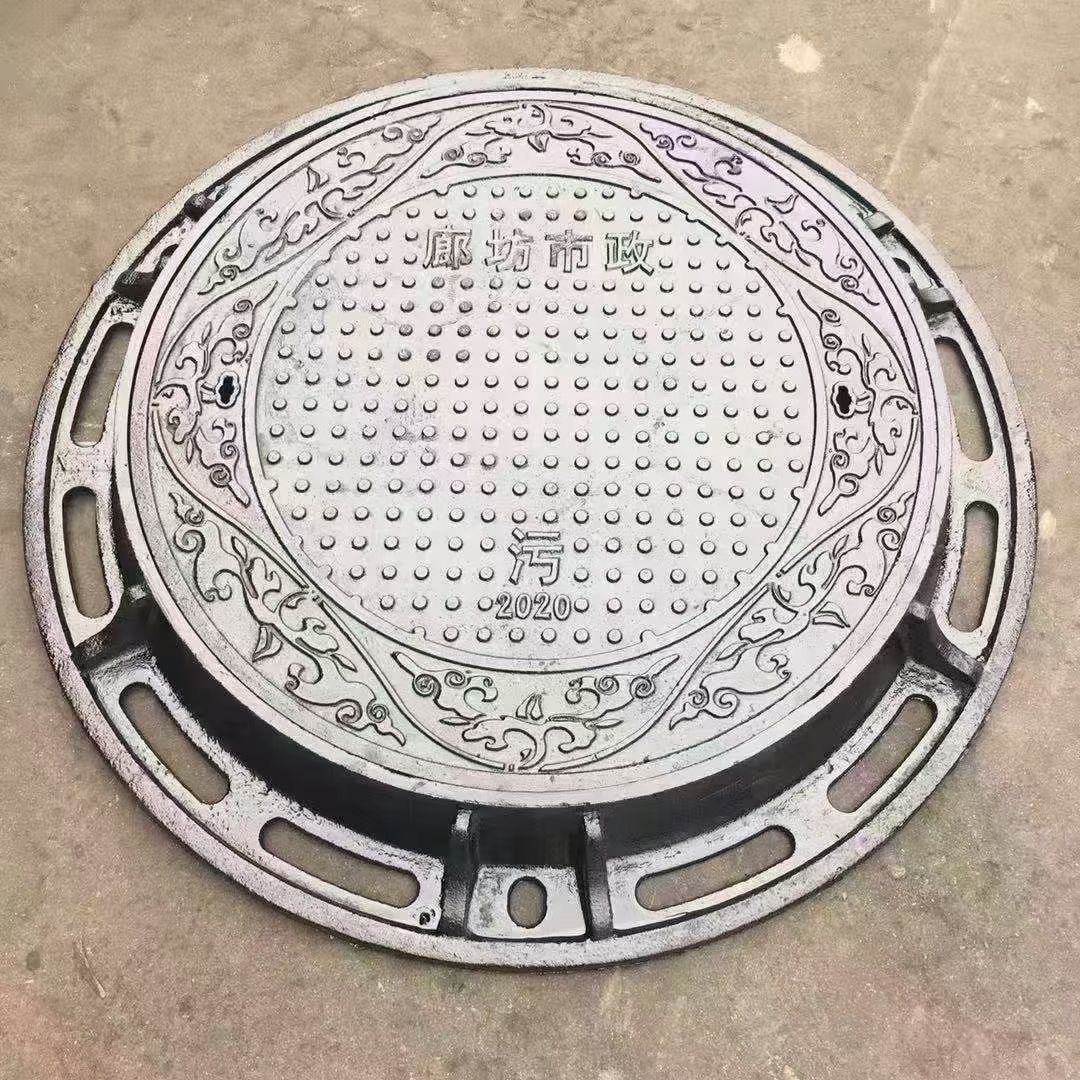- Afrikaans
- Albanian
- Amharic
- Arabic
- Armenian
- Azerbaijani
- Basque
- Belarusian
- Bengali
- Bosnian
- Bulgarian
- Catalan
- Cebuano
- China
- China (Taiwan)
- Corsican
- Croatian
- Czech
- Danish
- Dutch
- English
- Esperanto
- Estonian
- Finnish
- French
- Frisian
- Galician
- Georgian
- German
- Greek
- Gujarati
- Haitian Creole
- hausa
- hawaiian
- Hebrew
- Hindi
- Miao
- Hungarian
- Icelandic
- igbo
- Indonesian
- irish
- Italian
- Japanese
- Javanese
- Kannada
- kazakh
- Khmer
- Rwandese
- Korean
- Kurdish
- Kyrgyz
- Lao
- Latin
- Latvian
- Lithuanian
- Luxembourgish
- Macedonian
- Malgashi
- Malay
- Malayalam
- Maltese
- Maori
- Marathi
- Mongolian
- Myanmar
- Nepali
- Norwegian
- Norwegian
- Occitan
- Pashto
- Persian
- Polish
- Portuguese
- Punjabi
- Romanian
- Russian
- Samoan
- Scottish Gaelic
- Serbian
- Sesotho
- Shona
- Sindhi
- Sinhala
- Slovak
- Slovenian
- Somali
- Spanish
- Sundanese
- Swahili
- Swedish
- Tagalog
- Tajik
- Tamil
- Tatar
- Telugu
- Thai
- Turkish
- Turkmen
- Ukrainian
- Urdu
- Uighur
- Uzbek
- Vietnamese
- Welsh
- Bantu
- Yiddish
- Yoruba
- Zulu
พ.ย. . 24, 2024 05:57 Back to list
die casting factory
Understanding Die Casting Factories An Overview
Die casting is a widely used manufacturing process that involves pouring molten metal into a mold or die to create precise and complex parts. This process is popular in various industries, including automotive, aerospace, electronics, and consumer goods, thanks to its ability to produce high-quality components with excellent dimensional accuracy and intricate designs. Die casting factories play a critical role in this manufacturing sector, serving as the backbone of production and innovation.
The Die Casting Process
At its core, die casting involves several key steps. First, the desired design is created using computer-aided design (CAD) software. This digital model is then used to manufacture the die, typically made from steel, which will form the shape of the final product. The quality of the die is crucial, as it directly influences the precision and finish of the cast parts.
Once the die is ready, molten metal—usually aluminum, zinc, or magnesium—is injected into the mold under high pressure. This pressure forces the molten metal to fill every cavity of the die, ensuring that the final product will have the required dimensions and surface finish. After the metal cools and solidifies, the die opens, and the finished part is ejected.
Key Advantages of Die Casting
Die casting factories leverage several advantages over other manufacturing processes. One of the most significant benefits is the high level of precision and repeatability. The nature of the die casting process means that thousands of identical pieces can be produced with minimal variation, making it ideal for high-volume production.
Another advantage is the ability to create complex shapes. Die casting can produce parts with intricate details and thin walls, allowing manufacturers to design components that are both functional and aesthetically pleasing. Additionally, the process is highly efficient, as it typically means less waste material than methods like machining.
die casting factory

Quality Control in Die Casting
Quality control is a vital aspect of die casting operations. Each phase of the production process is closely monitored to ensure that the final products meet the required specifications and standards. Factories often use advanced inspection techniques such as X-ray scanning and automated dimensional measurement systems to detect any defects or irregularities in the parts.
Moreover, the materials used in die casting must meet strict quality criteria. The choice of alloy, the temperature of the molten metal, and the timing of the injection are all critical factors that can affect the final product's integrity. Thus, die casting factories invest in both equipment and training to maintain high-quality standards throughout their operations.
The Role of Die Casting Factories in Innovation
As technology continues to advance, die casting factories are evolving as well. Innovations in materials science, automation, and digital manufacturing are helping these factories improve efficiency and reduce costs. For example, 3D printing is increasingly being used to create prototype dies that allow for faster design changes and more complex geometries.
Moreover, as industries shift toward sustainability, many die casting factories are exploring ways to recycle materials and reduce energy consumption. This commitment to environmentally friendly practices not only benefits the planet but also enhances the factory's reputation among consumers and business partners.
Conclusion
Die casting factories are a vital component of modern manufacturing, providing the precision and efficiency necessary to meet the demands of various industries. By embracing innovation and maintaining a focus on quality, these factories continue to push the boundaries of what is possible in metal casting. As they adapt to new technologies and practices, die casting factories will remain at the forefront of manufacturing, consistently delivering high-quality products that meet the evolving needs of the market. The future of die casting appears bright as the industry navigates the challenges and opportunities ahead, reinforcing its position as a cornerstone of modern production.
-
8mm Thin-Walled Cast Steel Manhole Cover Pallet Bottom Ring | Durable
NewsAug.04,2025
-
Premium Cast Iron Water Main Pipe: Durable, Corrosion-Resistant
NewsAug.03,2025
-
Durable Cast Iron Water Mains | AI-Optimized Systems
NewsAug.02,2025
-
High-Efficiency Propane Boiler for Baseboard Heat | Save Energy
NewsAug.01,2025
-
Premium Source Suppliers for Various Gray Iron Castings
NewsJul.31,2025
-
Durable Cast Iron Water Main Pipes | Long-Lasting
NewsJul.31,2025


